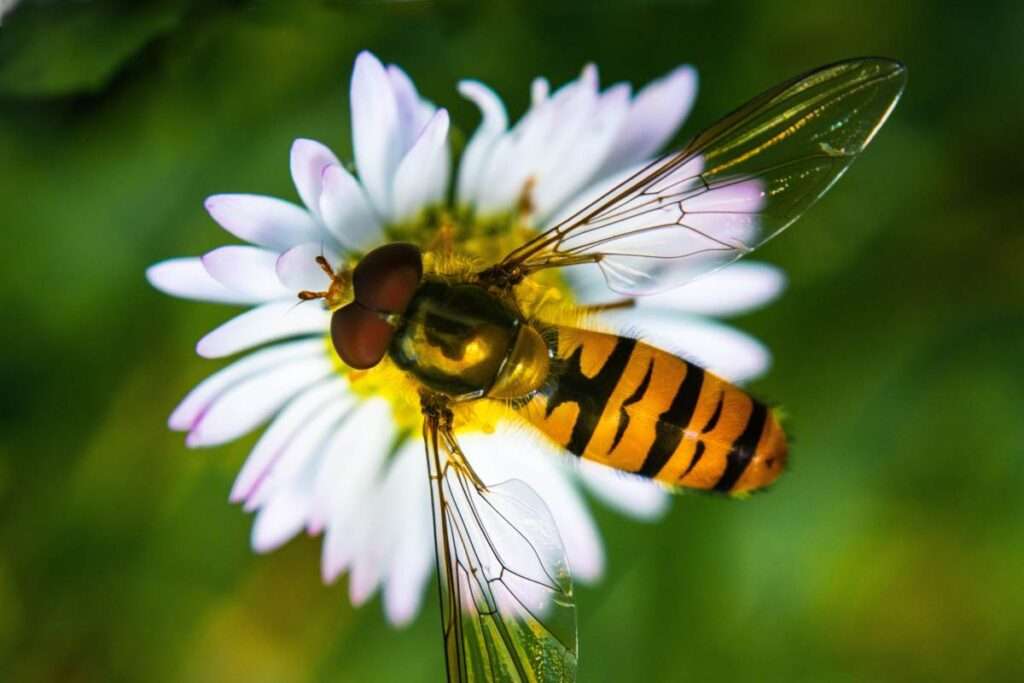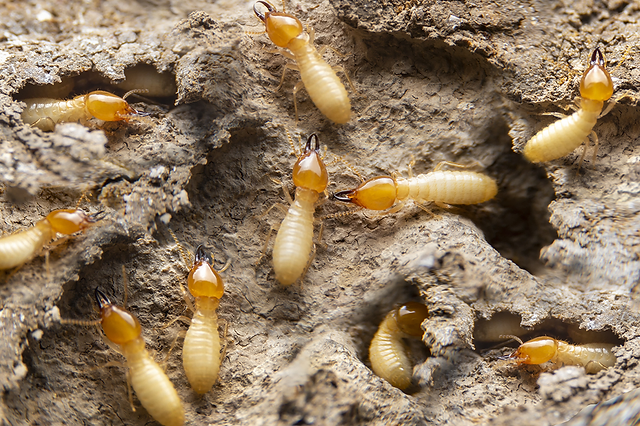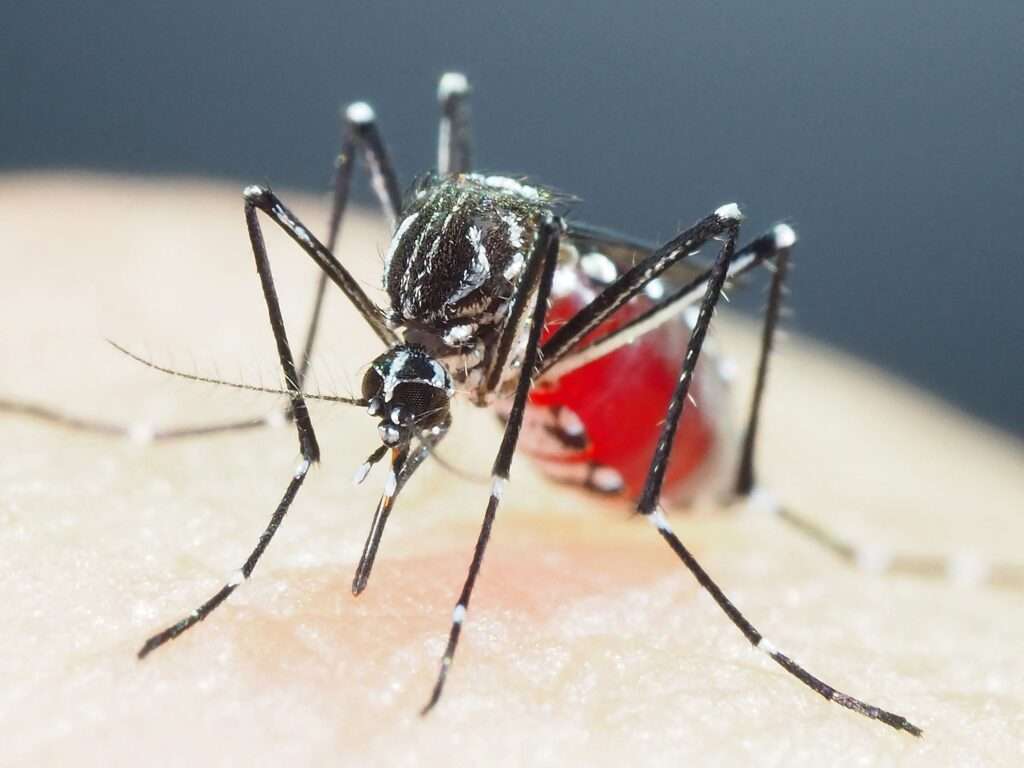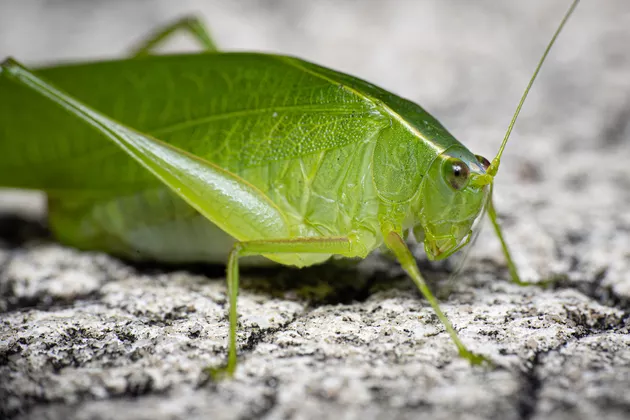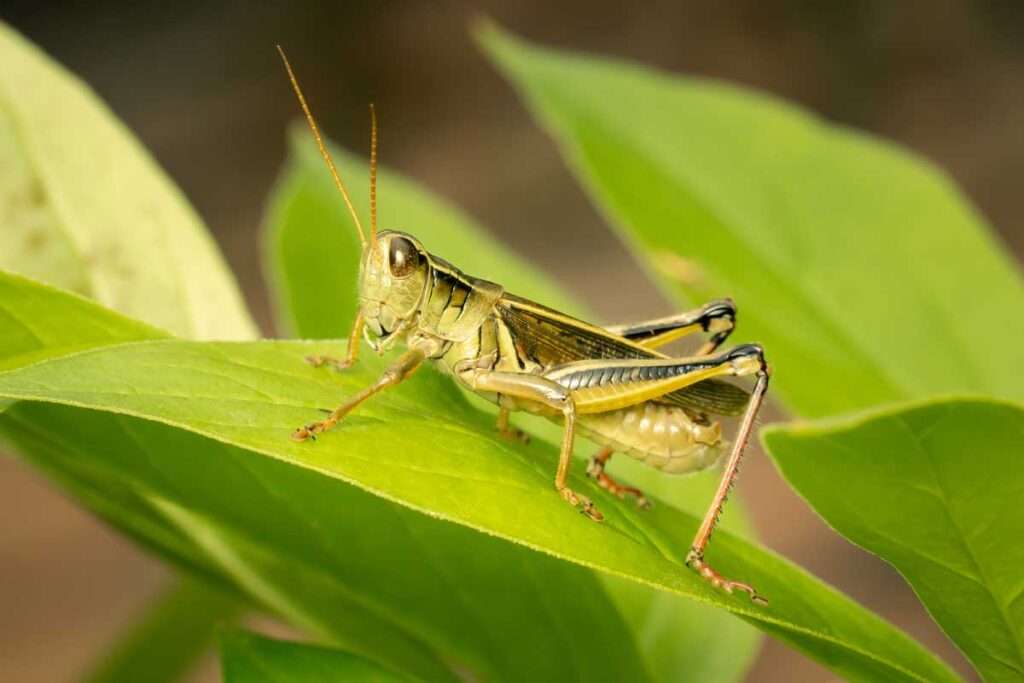Scorpionflies
Mecoptera, an order of insects in the superorder Endopterygota with roughly 600 species in nine families worldwide, gets its name from the Greek words mecos, which means “long,” and ptera, which means “wings.” Mecopterans are frequently referred to as scorpionflies after its largest family, the Panorpidae, in which the males have long, beak-like rostra and […]



